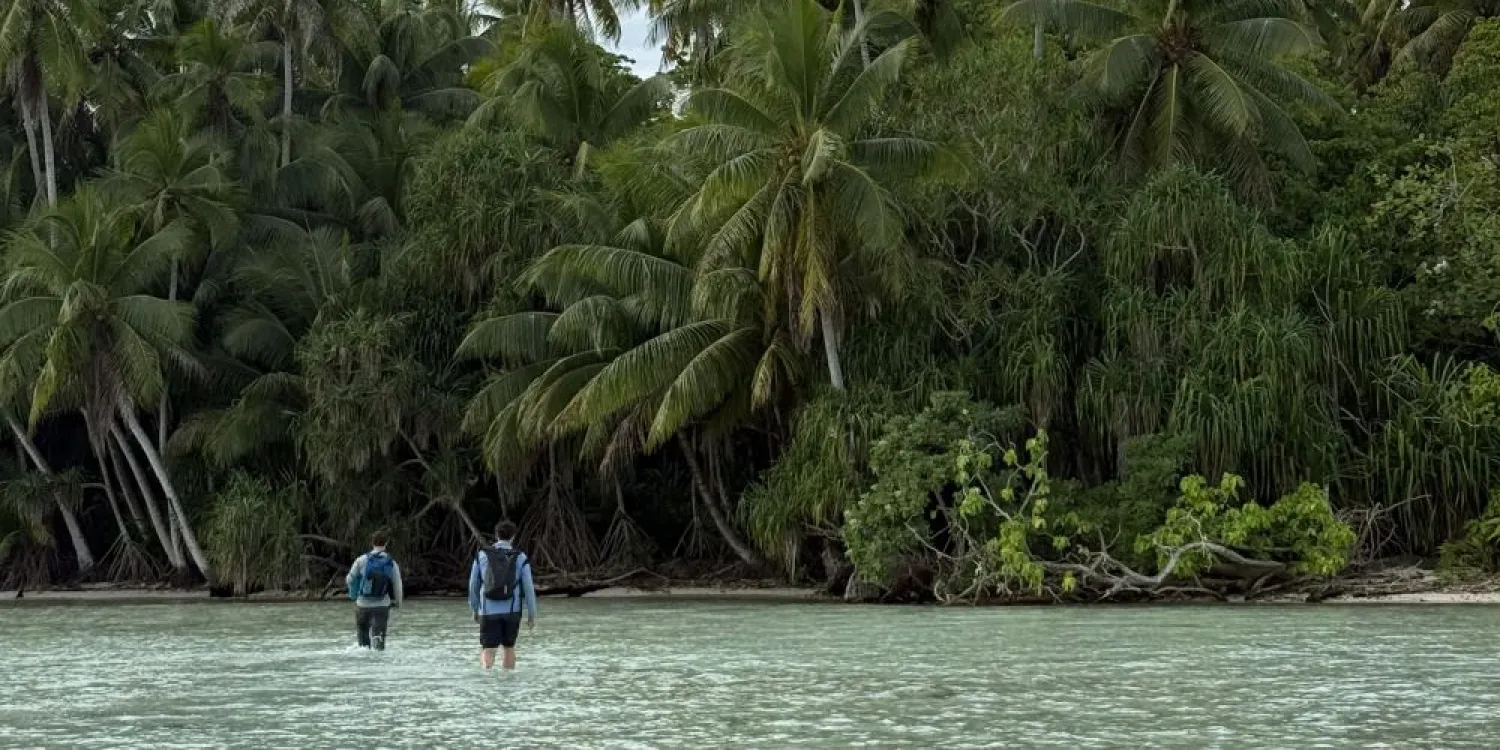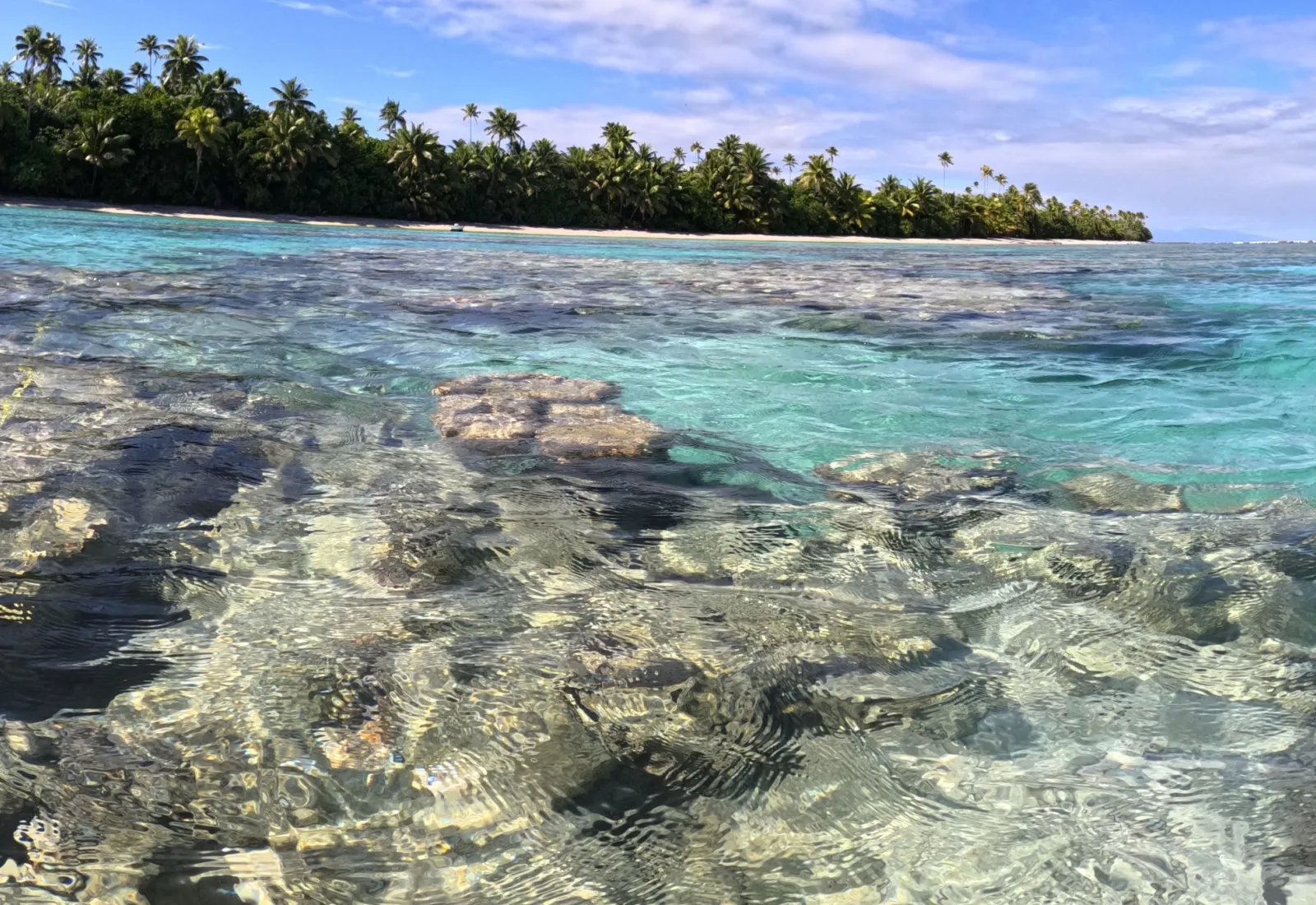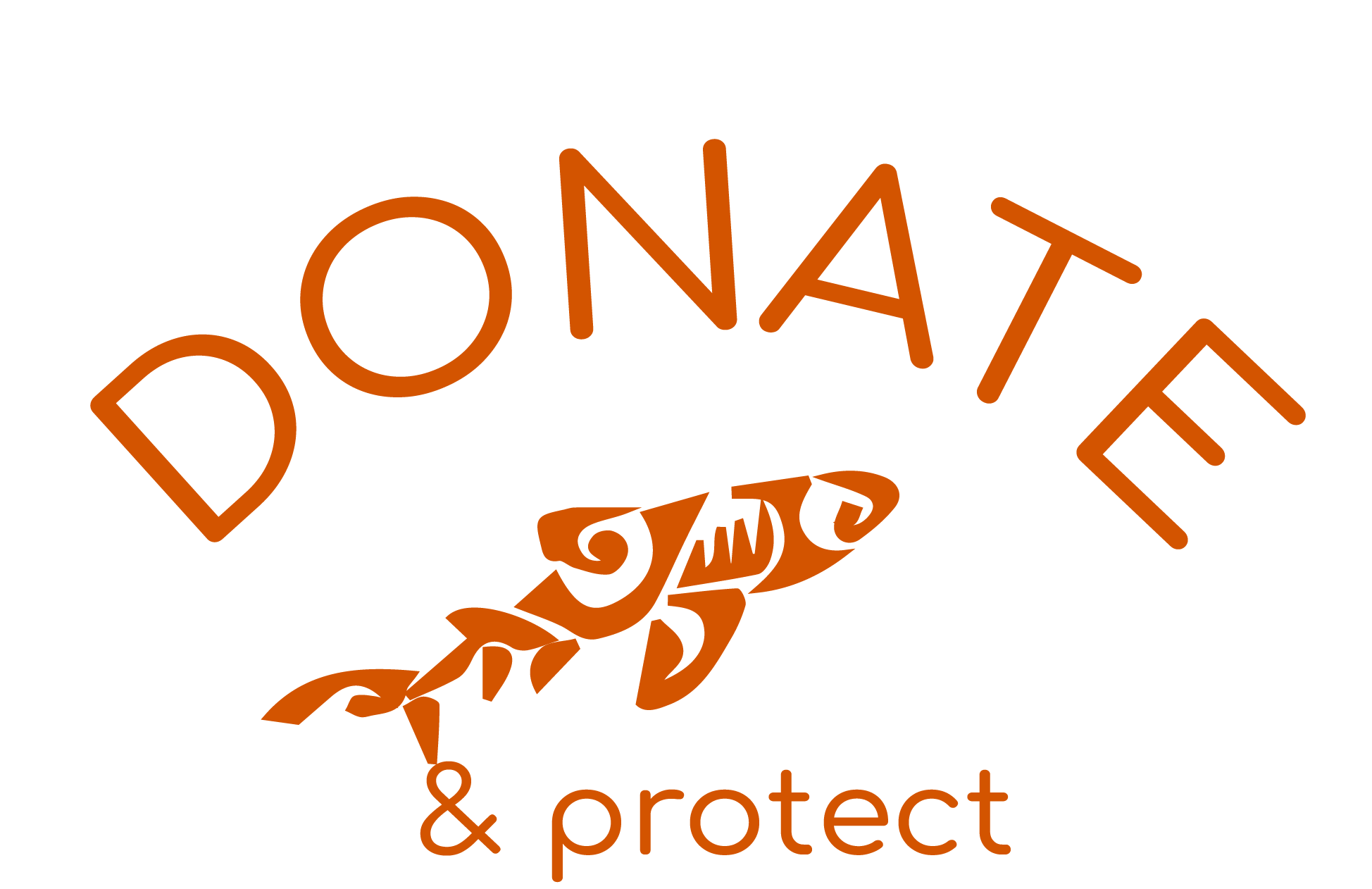This project focuses on the ecological role of sea urchins on Tetiaroa's coral reefs. Reefs are essential ecosystems for marine biodiversity and coastal protection, but they are undergoing profound transformations due to climate change and habitat degradation. In areas where herbivorous fish have declined, sea urchins, particularly those of the genus Echinometra, can partially replace their role by preventing algae proliferation. However, when they become too numerous, they risk damaging the reef's structure and weakening its balance. The objective of this study is therefore to assess the density and distribution of these sea urchins on Tetiaroa, to better understand their interactions with young corals, and to establish a basis for comparison with other Pacific reefs, particularly those of Moorea and Tahiti.
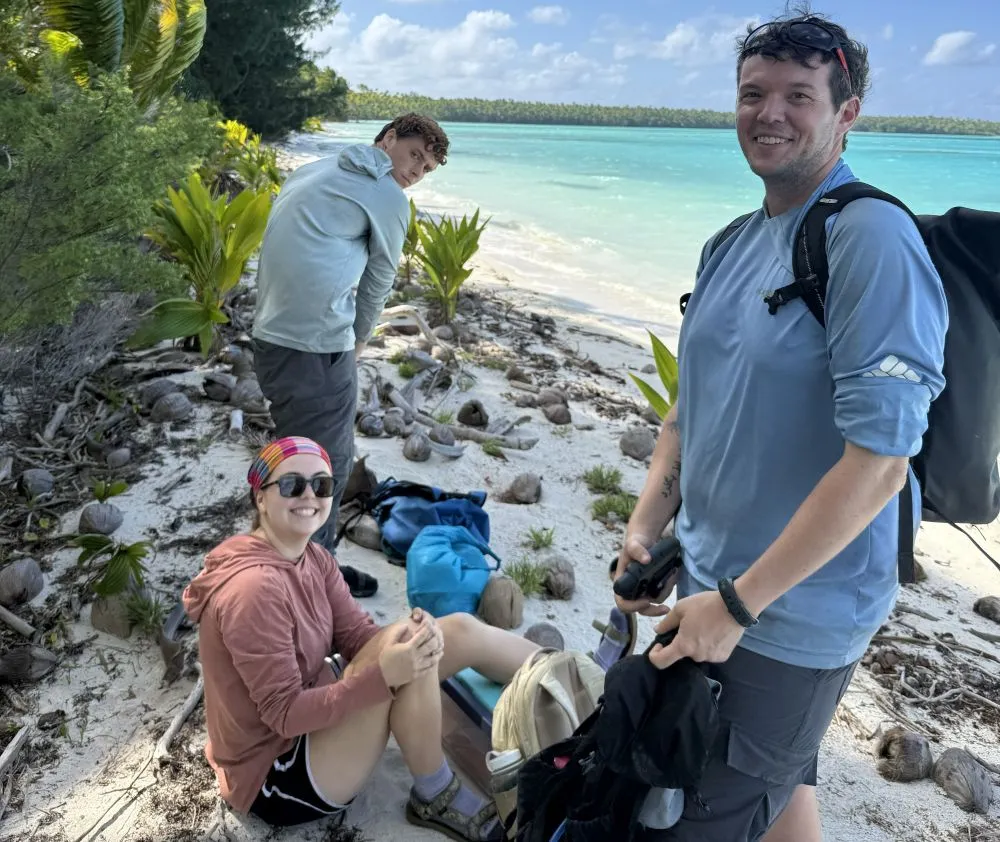
Summary of field activities
A first research mission took place in July 2025, led by Charlie Braman, Abigail Youngblood, and Finnegan Menn. The team traveled to several areas of the lagoon and the outer slopes of the atoll to survey Echinometra sea urchin populations, observe the presence and health of young coral colonies, and examine the sea urchins' diet. These observations provided an initial assessment of the relationships between these organisms and the Tetiaroa reefs.
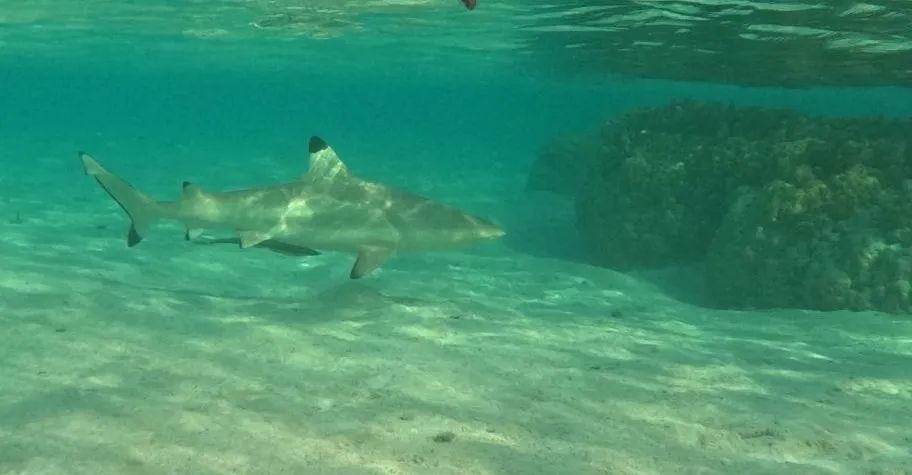
Impacts and preliminary results
Initial analyses show that Tetiaroa is home to a relatively small sea urchin population compared to those of Moorea and Tahiti. This difference could be explained by greater pressure from predatory fish or by a lower human impact on the atoll.
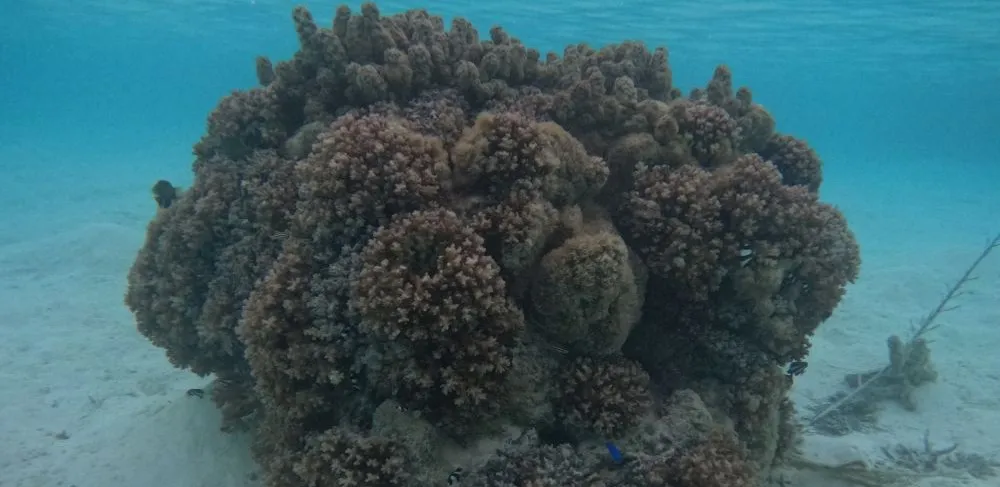
Researchers also noted that small corals were few in number in the lagoon, raising questions about their origin and recruitment. Despite this, Tetiaroa's lagoon is distinguished by the exceptional size and vitality of its coral formations, which appear to thrive even in warm, shallow waters.
Perspectives
The next step in the project will be to further compare Tetiaroa with other Indo-Pacific islands to identify the natural and human factors that influence sea urchin populations. The researchers also hope to better understand the links between sea urchin density and the overall health of coral reefs. A return to Tetiaroa is planned for summer 2026, subject to funding, to further explore the distribution of young corals in the lagoon and study their growth. The results will be presented at several international conferences, including those in San Diego, Glasgow, and Auckland, to share the lessons learned from this research more widely.
